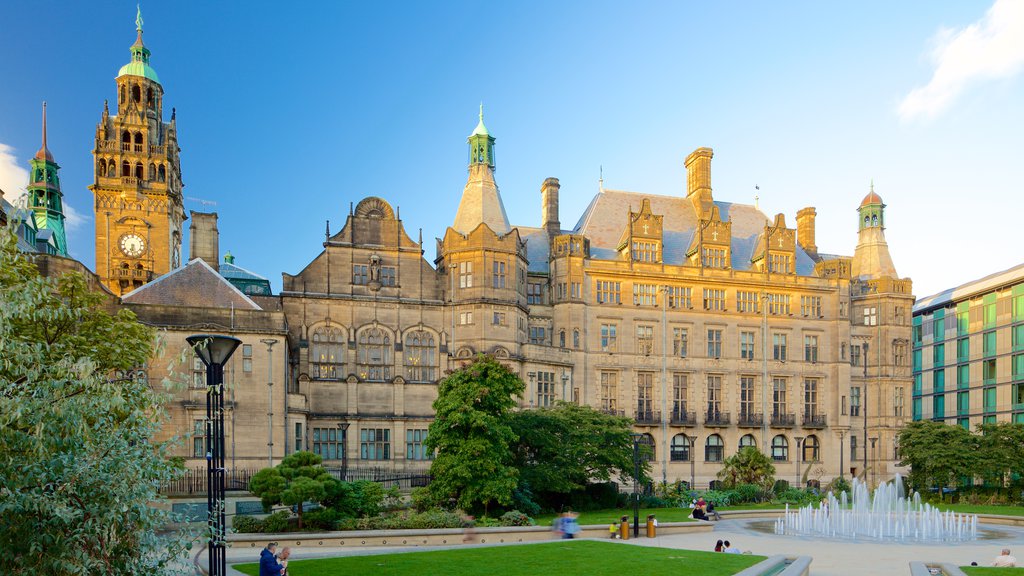 Great Britain
Great Britain

The University of Sheffield is a public research university in Sheffield, South Yorkshire, England. Its history traces back to the foundation of Sheffield Medical School in 1828, Firth College in 1879 and Sheffield Technical School in 1884. University College of Sheffield was subsequently formed by the amalgamation of the three institutions in 1897 and was granted a royal charter as University of Sheffield in 1905 by King Edward VII.
Sheffield is formed from 50 academic departments which are organised into five faculties and an international faculty. The annual income of the institution for 2019–20 was £737.5 million, of which £171 million was from research grants and contracts, with an expenditure of £609.2 million. Sheffield ranks among the top 10 of UK universities for research grant funding, and it has become number one in the UK for income and investment in engineering research according to new data published by the Higher Education Statistics Agency (HESA). It is one of the top 7 British universities by postgraduate student enrollment along with UCL, King's, Manchester, Birmingham, Edinburgh and Oxford.
Sheffield had four faculties in 1905, which were Arts, Pure Science, Medicine and Applied Science. The Faculty of Applied Science later split into Engineering and Metallurgy in 1919. As well as educating full-time students, in the early 20th century, the university taught non-degree courses that covered non-conventional, occupation-focused subjects such as cow-keeping, railway economics, mining and razor-grinding.
The university has currently five faculties comprising 50 departments and 82 research centres and institutes, plus an international faculty. The current faculty structure is:
Sheffield was at that time the only large city in England without a university. William Mitchinson Hicks, who was Principal of Firth College from 1892 to 1897, had an ambition to establish a university in the city. As a first stage of his ideal, Hicks was devoted to the union of the three higher education institutions in Sheffield and to transform Firth College into a university college. He also extended the college by creating new departments and adding new buildings. In 1897, Firth College merged with the Medical School and the Technical School to form the University College of Sheffield, and Hicks served as its first principal. In 1905, when the university first opened, there were 363 students and 114 of them were enrolled full-time. Sheffield at the time had 71 members of staff. In the 21st century, the university opened many more major buildings in the area immediately to the east and west of Upper Hanover Street, such as the Jessop Building, the Soundhouse, Jessop West and the Information Commons. The Arts Tower building, the Students' Union and University House buildings, the Sheffield Bioincubator and University Health Centre were also refurbished. A new campus, North Campus, was opened. In 2003, a development framework was produced by Turnberry Consulting, with proposals aimed to densify the campus.
The quick, brown fox jumps over a lazy dog. DJs flock by when MTV ax quiz prog. Junk MTV quiz graced by fox whelps. Bawds jog, flick quartz, vex nymphs. Waltz, bad nymph, for quick jigs vex! Fox nymphs grab
The quick, brown fox jumps over a lazy dog. DJs flock by when MTV ax quiz prog. Junk MTV quiz graced by fox whelps. Bawds jog, flick quartz, vex nymphs. Waltz, bad nymph, for quick jigs vex! Fox nymphs grab
 Great Britain
Great Britain
 Great Britain
Great Britain
 Great Britain
Great Britain